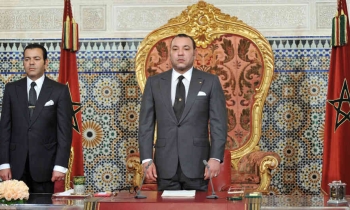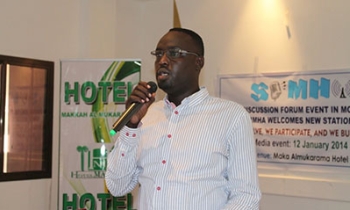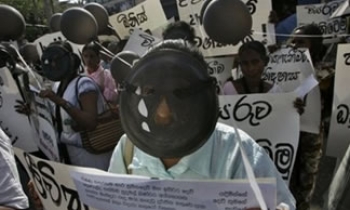The people who run journalism and mass communication (JMC) schools in the United States (US) are overwhelmingly white, and two-thirds of them are male — even though about two-thirds of the students today are female.
Those findings come from a new survey of administrators by Thomas Kunkel, dean of the Philip Merrill College of Journalism at the University of Maryland. Kunkel is the new president of the Association of Schools of Journalism and Mass Communication (ASJMC), and his study was released by ASJMC at its annual meeting over the weekend in Washington. The survey was underwritten by a grant from the John S and James L Knight Foundation.
The purpose of the survey was to take a snapshot of JMC administrators and learn more about some of the key issues and pressures they face—among them the growing expectations to raise private funds, adaptation of their schools’ curricula in a digital world, and faculty hiring challenges.
Of responding deans, directors and department heads:
- 90 per cent are white.
- 64 per cent are male.
- Their average age is 55.
- 73.5 per cent hold a doctoral degree.
- 48 per cent said journalism is their area of experience or expertise (the rest cited advertising, public relations, media studies and other areas of mass communication).
- 40 per cent said they had at least a decade of professional experience in their field prior to becoming an academic head, and another 22 per cent said they had between five and 10 years of working experience.
In other areas, the study revealed:
- JMC administrators spend one-third or more of their time raising private funds for their programmes, and 78 per cent said fund-raising pressures had “increased” or “increased significantly” in the past five years. On the other hand, 57 per cent indicated they value or enjoy that aspect of the job.
- Nearly 70 per cent said their universities “always” or “almost always” expect them to fill a faculty position with someone holding a PhD, even if that job is specifically meant to deliver practical skills. That pressure too, they report, has increased markedly in the past five years.
- Two-thirds of the administrators said that their universities credit “substantive journalism” (e.g., journalistic books, major newspaper and magazine articles, documentary films, media criticism) as much as traditional peer-reviewed journal research for promotion and tenure purposes.
- However, 73 per cent reported that their universities would hold faculty work published only online in less esteem than work published in traditional venues.
- More than 90 per cent said they were “actively reviewing” their curricula with an eye toward doing more with new media and digital developments, and 47 per cent reported that their units would be adding at least one new digital-related or multimedia course to their programmes starting this fall.
Kunkel said the survey raised a variety of concerns, especially about the field’s lack of diversity in leadership.
“Collectively, the people running our journalism and mass-comm programmes don’t look much like America, and they don’t even look a lot like their own student bodies, which are now pretty much two-to-one female,” he said. “Like the media industries, we’ve got to work harder and smarter on this problem. That means everything from better mentoring of female and minority faculty to cultivating media interest among students of colour when they’re still in our elementary and secondary schools. We simply need more talent in the pipeline.”
He also sees a growing conflict in the need for more media-skills experts at the same time that universities are pushing schools to hire PhD holders almost exclusively. “The digital world is so new that there are people who study it and people who do it, but few who are accomplished at both,” he said.
Kunkel said he was glad to see JMC programmes working hard to incorporate digital developments and multimedia into their programmes, “but it’s clear to me we’re doing it about as confidently and coherently as the media industries themselves.”









